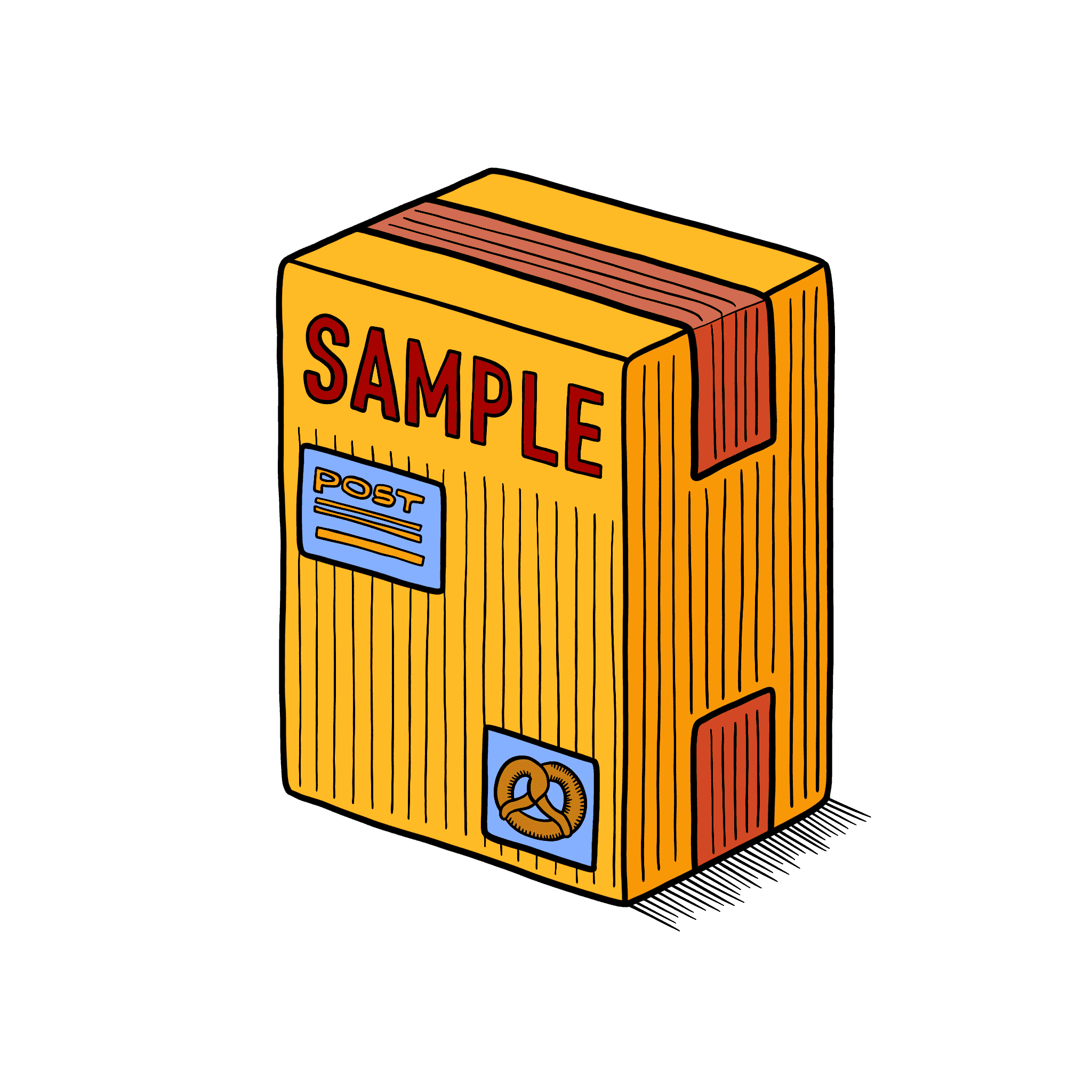Comprehensible Input For German
Today, we're diving into a crucial aspect of language learning that can significantly boost your journey to fluency: comprehensible German input. Specifically, we're focusing on how this concept applies to learning German and why it's a game-changer for beginners and intermediate learners alike.
What is Comprehensible Input?
Comprehensible input is a term coined by linguist Stephen Krashen, referring to language input that can be understood by learners even if they do not understand every single word and structure. It's the sweet spot between knowing a language and learning a new one, where the language is just above the learner's current level, making it challenging yet understandable.
Why Comprehensible German Input is Key
For German learners, comprehensible input is particularly important due to the unique complexities of the language, such as its grammatical cases, gendered nouns, and the notorious separable-prefix verbs. Being exposed to German in a way that's just a bit beyond your current understanding helps your brain make connections and absorb the language naturally, without the need for rote memorization.
1. Builds Vocabulary Naturally
When you encounter German words in context, it's much easier to remember them. Your brain will tie the new vocabulary to the situation, making it more likely to stick.
2. Enhances Grammar Understanding
German grammar can seem daunting at first. However, seeing grammatical structures in use is infinitely more helpful than just reading about them. Over time, patterns emerge, and what once seemed complex becomes second nature.
3. Improves Listening Skills
Listening to German that's slightly above your level challenges you to focus and parse meaning from context. It's a vital skill for real-world conversations where you won't understand every word.
4. Boosts Reading Comprehension
Reading German texts that are just right for your level helps improve comprehension. You learn to guess meaning from context and familiar structures, which is a valuable skill in any language.
How to Incorporate Comprehensible Input into Your Learning
1. Graded Readers
Graded readers are books tailored to different language proficiency levels. They're an excellent way to enjoy reading in German without constantly reaching for a dictionary.
2. Podcasts and Audiobooks
There are many podcasts and audiobooks designed for German learners. They often use simplified language and speak at a slower pace, making them perfect for comprehension practice.
3. TV Shows and Movies with Subtitles
Watching German TV shows and movies with German subtitles can dramatically improve your listening skills and comprehension. Start with children's shows or anything designed for a younger audience, as the language tends to be simpler and clearer.
4. Language Exchange
Conversing with a native German speaker who's willing to adjust their language to your level can provide invaluable comprehensible input. Plus, it's a great way to learn colloquial expressions and slang.
Conclusion
Comprehensible input is a powerful tool in your German learning arsenal. It allows you to learn naturally, effectively, and enjoyably. By integrating various sources of comprehensible German input into your study routine, you'll find yourself understanding more, retaining information better, and inching closer to fluency every day.
Remember, the key is consistency and choosing materials that interest you. Your brain is more receptive when you're engaged and enjoying the process. So, explore different types of content, find what you love, and let the world of German language and culture unfold before you.



